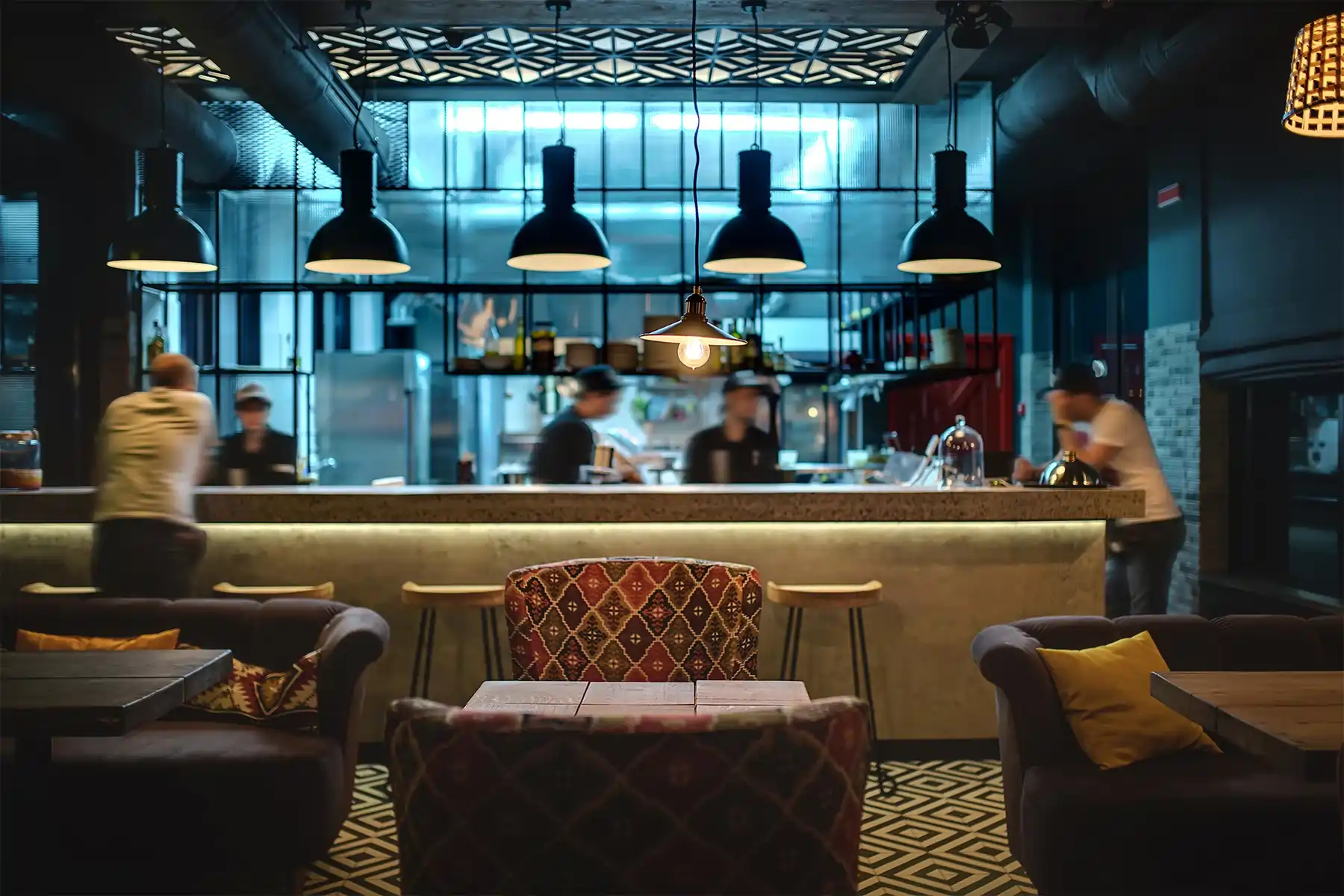Luxury Hotels Focus on Tightening Operations in 2024

In many ways, luxury hotel operators can be credited with leading the industry’s post-pandemic rebound, capitalizing quickly on pent-up demand, pushing rates to their max, and quite-literally setting the bar high for the rest of the industry.
But new research from Hospitality Investor suggests we may be nearing the end of the current luxury cycle, citing consultancy Bain, which predicts global consumer spending in the luxury segment will slow from an estimated 8-10% in 2023 to about 4% this year.
Over the past few months, a number of luxury brands have warned of a slowdown in luxury spending, the report says. One key driver is the decrease in aspirational shoppers – those who typically purchase more affordable luxury products – who have cut back this year, in the U.S. particularly.
So, as the red-hot demand for luxury services wanes and it becomes harder to drive rates, luxury hotel leaders are flipping to the expense side of the business and looking for ways to tighten spending. The largest expense for operators – labor – finds itself under the microscope.
Fine-Tuning Operations in Luxury Hotels
In a recent interview with Skift, Karim Alibhai of Gencom, a luxury hotel owner and developer, highlighted the importance of highly engaged ownership and operations teams, always focused on the bottom line and adjusting operations to maintain profitability. He pointed to the Four Seasons Resort Peninsula Papagayo in Costa Rica, which Gencom acquired in 2017, and the subsequent back-and-forth with Four Seasons over renovation investment.
“We said, ‘Look, we think the potential ROI [return on investment] justifies a bigger, $35 million renovation,” Alibhai said. “But for us to put that in, we need you to change certain things, such as how you’re going to price the rooms and what the staff-to-guest ratios are.”
Eventually, Four Seasons agreed to make operations leaner and less costly, such as by trimming middle management and being more assertive in the rates it charges.
Having consistent performance and forecast data across ownership, management and asset management helps groups make informed strategic decisions that benefit all parties involved.
With access to the right data, hoteliers can optimize staffing levels by analyzing historical occupancy data to predict peak times and adjusting staffing levels accordingly. Leadership can monitor individual and team productivity metrics to identify areas for improvement and recognize high-performing employee efforts.
Business intelligence tools like Otelier allow luxury hotels to align staffing levels with customer service requirements and ensure that adequate staff is available to provide top-notch customer service.
A Focus on F&B and Ancillary Outlets
During the last few years, F&B services have become a main source of income – beyond rooms, of course – with some of the largest F&B operations approaching 50% of total revenues.
Gencom recognized that restaurants and bars are becoming critical to the success of luxury hotels. In one example, at the St. Regis Chicago, it has chosen to outsource restaurant operations. At another, the Rosewood Bermuda, a $25-million renovation that focused on group space and ancillary revenue opportunities like tennis and golf, turned a six-months-a-year operation into a nine-months-a-year operation.
In many luxury hotel F&B departments, leaders are adopting the same revenue management principles and techniques that apply to rooms in their various F&B outlets, including full-service restaurants, bars, coffee shops, and grab-and-go marketplaces. F&B revenue management techniques largely focus on dynamic pricing, or adjusting the prices of menu items based on customer demand; and menu engineering, or adjusting the menu offerings to maximize profits.
For example, at Sea Island Resort on St. Simon’s Island off the coast of Georgia, home to 12 full-service and three quick-service restaurants, Executive Chef Daniel Zeal uses business intelligence tools to ensure Sea Island’s 15 F&B outlets run with the highest profit margins possible.
Zeal keeps a running Profit & Loss report every day on each of the outlets, ingesting labor costs and food costs from various systems automatically. Sea Island leadership is able to monitor everything from revenues to quantity of items sold, all the way down to the individual check. Zeal and his team can see items sold by outlet, by meal period and by server. Thanks to investment in the right resources, Sea Island is driving profitability through business intelligence in the F&B department.
Data Driving Results in Luxury Segment
Data-driven insights are helping luxury hoteliers optimize operational processes, from inventory management to staffing levels to food costs.
Luxury hotel companies that leverage data effectively gain a competitive edge, allowing them to stay ahead of the competition and adapt quickly to changing market dynamics.
Learn how Otelier’s Business Intelligence solution, IntelliSight, can help you analyze spending and drive profitability.










